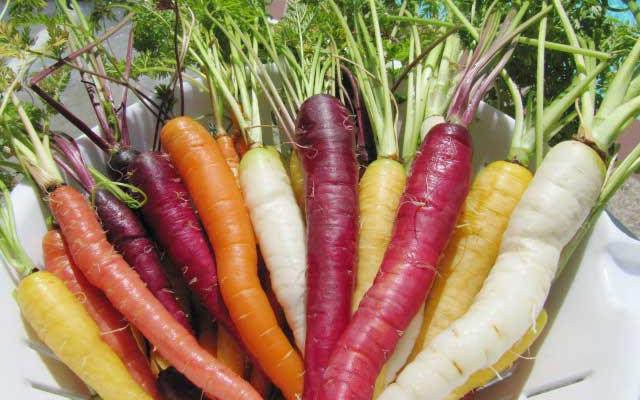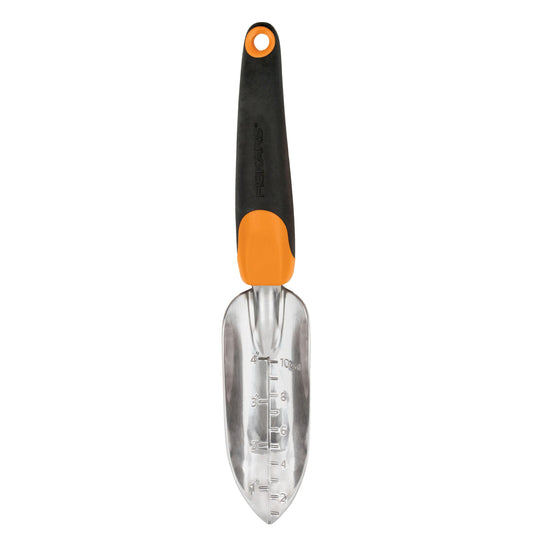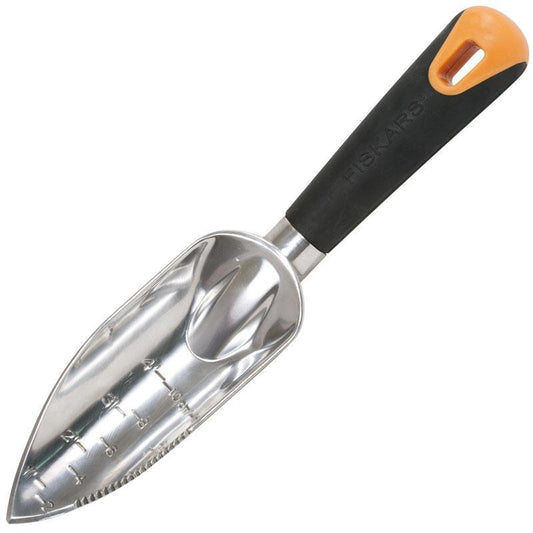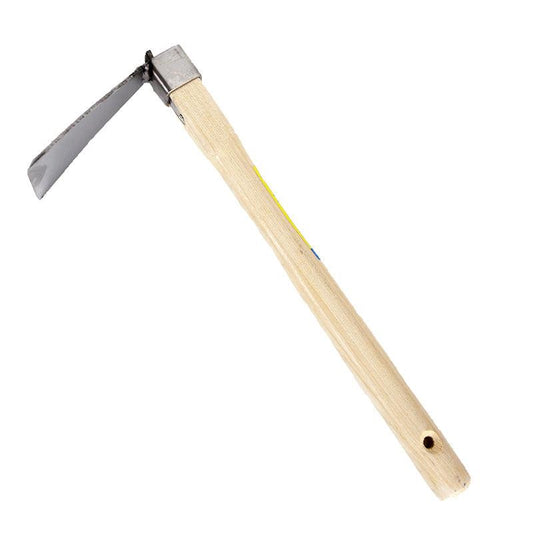Where Did Carrots Originate? The Origin of Carrots and How Did Carrots Adapt Over Time
Carrots are one of the most popular and versatile vegetables in the world, with a rich history that dates back thousands of years. So, where did carrots originate? The origin of carrots can be traced to Central Asia, where wild carrots were first cultivated. These early carrots were primarily grown for their aromatic leaves and seeds, not their roots. The first cultivated varieties were often purple, red, or yellow in color.
How did carrots adapt over time? It wasn’t until the 16th century that Dutch growers selectively bred carrots for their sweeter flavor and bright orange color. This new variety quickly gained popularity, becoming a symbol of national pride in the Netherlands. Today, carrots are enjoyed worldwide, available in a wide range of colors and types, and are a staple in gardens and kitchens alike.
Types of Carrots
Carrots come in a variety of shapes, sizes, and colors, each suited to different growing conditions and culinary uses. Here are some common types:
- Nantes: Cylindrical and sweet, ideal for fresh eating and juicing.
- Danvers: Tapered and hardy, perfect for heavy or clay soils.
- Chantenay: Short and stout, great for shallow soils or container gardening.
- Imperator: Long and slender, commonly seen in grocery stores.
- Rainbow Carrots: A colorful mix of purple, yellow, red, and white varieties, adding visual appeal to dishes.
How to Grow Carrots
Carrots are a cool-season crop that thrive in loose, sandy soil with good drainage. Follow these steps to grow healthy, flavorful carrots:
1. Preparing the Soil
Carrots grow best in soil that is free of rocks and debris. Loosen the soil to a depth of 12 inches and mix in organic matter like compost to improve fertility. Avoid adding high-nitrogen fertilizers, which can lead to forked roots.
2. Planting the Seeds
Sow carrot seeds directly into the garden in early spring or late summer. Plant the seeds ¼ inch deep, spacing them 2-3 inches apart. Thin seedlings once they reach 2 inches tall to prevent overcrowding.
3. Watering and Care
Keep the soil consistently moist but not waterlogged. Carrots require about 1 inch of water per week. Mulch around the plants to retain moisture and suppress weeds.
4. Harvesting
Carrots are ready to harvest 60-80 days after planting, depending on the variety. Gently loosen the soil around the roots and pull them out. For the best flavor, harvest carrots before they become too large and woody.
Pests and Diseases
Common carrot pests include carrot rust flies and aphids. Use row covers to protect your crops and encourage beneficial insects to keep pest populations in check. Avoid overwatering to prevent fungal diseases like root rot.
Recommended Products
The Joy of Growing Carrots
Growing carrots is a rewarding experience that connects you to centuries of agricultural history. Whether you’re planting a vibrant rainbow mix or classic orange varieties, carrots are a versatile and nutritious addition to any garden. Happy gardening!
Conclusion
In conclusion, the journey of carrots from their origins to becoming a global culinary staple is a remarkable one. Where did carrots originate? The origin of carrots traces back to Central Asia, where wild carrots were first cultivated, primarily for their aromatic leaves and seeds rather than their roots. How did carrots adapt? It was through careful breeding by Dutch growers in the 16th century that carrots evolved into the sweet, bright orange varieties we enjoy today. Now available in a wide array of colors and types, carrots have become a versatile vegetable in both gardens and kitchens across the world.
For those interested in growing their own carrots, you can find quality carrot seeds for sale to start your gardening adventure. Happy gardening!
FAQ: Where Did Carrots Originate? Exploring the Origin of Carrots and How Did Carrots Adapt Over Time
-
Where did carrots originate?
- Where did carrots originate? Carrots trace their roots back to Central Asia, where they were first cultivated thousands of years ago. In their early cultivation, wild carrots were grown mainly for their aromatic leaves and seeds rather than their edible roots.
-
What is the origin of carrots?
- The origin of carrots lies in the region of Central Asia, particularly areas like modern-day Iran and Afghanistan. These first cultivated carrots were often purple, red, or yellow, and they were prized for their leaves and seeds rather than for their roots.
-
How did carrots adapt over time?
- How did carrots adapt? Over the centuries, carrots underwent significant changes. It wasn’t until the 16th century that Dutch growers began selectively breeding carrots for their sweeter flavor and bright orange color. This adaptation eventually led to the carrots we are familiar with today, available in various colors and shapes to suit a wide range of culinary and gardening needs.
-
Why are modern carrots orange?
- Modern carrots are orange because Dutch growers in the 16th century bred them to have a sweeter taste and a vibrant orange color. This color became popular and was even considered a symbol of Dutch national pride, contributing to the widespread adoption of the orange carrot.
-
Were carrots always the shape and size we know today?
- No, carrots were not always the long, slender shape that is common today. Early carrots, especially those from the wild varieties in Central Asia, were smaller, shorter, and came in a range of colors like purple and yellow. Selective breeding over time led to the development of larger, more uniform, and brightly colored carrots.
-
How did selective breeding influence the development of carrots?
- Selective breeding allowed growers to focus on traits such as sweetness, color, and size. By choosing the best plants for their desirable characteristics, growers were able to gradually enhance the traits that made carrots more appealing to eat and easier to cultivate, leading to the modern varieties we enjoy today.
-
Are there still wild carrots today?
- Yes, wild carrots still exist today, and they can be found in the regions where they originally grew, such as parts of Central Asia. These wild carrots are often much smaller and have a more fibrous texture compared to the cultivated varieties we grow and eat today.
-
How have carrots spread worldwide?
- Carrots spread worldwide as they were cultivated and traded by various civilizations throughout history. As their appeal for food and medicinal purposes grew, carrots made their way to Europe and beyond. Today, they are grown in many parts of the world and are a staple in kitchens everywhere.
🥕 Carrots: From Ancient Origins to Modern Garden Favorite
Carrots have come a long way from their wild, purple ancestors in Central Asia. Whether you're intrigued by their rich history or focused on maximizing yield and flavor in your garden, these organic resources offer expert guidance on carrot cultivation—from soil preparation to pest control and growing in tight spaces.
- 🧬 Uncommon Carrot Varieties to Enrich Your Garden
- Break away from basic orange with unique varieties like Purple Haze, Lunar White, and Kyoto Red. This guide explores heirloom and hybrid carrots that bring diversity to your garden and your plate.
- 🌱 Cultivating Giant Carrots: Techniques and Tips
- Go big in your garden! Learn how to grow carrots that reach record sizes using proper soil prep, spacing, thinning, and watering techniques—perfect for competitions or just brag-worthy harvests.
- 🌿 Enhancing Carrot Flavor: Soil Amendments and Growing Conditions
- Unlock sweet, complex carrot flavors by improving soil health and balancing nutrients. This article explains how organic matter, minerals, and even carrot variety affect flavor development.
- 🐛 Natural Pest Control: Protecting Carrots from Common Threats
- Defend your carrot crop from rust flies, aphids, and nematodes using organic methods like crop rotation, beneficial insects, and floating row covers. Avoid synthetic chemicals while keeping your harvest healthy.
- 🪴 Innovative Container Gardening: Growing Carrots in Small Spaces
- No yard? No problem! Grow delicious carrots in pots, planters, and raised beds. This guide covers best varieties, soil depth requirements, and spacing tips for successful small-space gardening.
- 🛒 Shop Organic Carrot Seeds
- Browse certified organic carrot seeds, from classic orange to striking rainbow mixes. Ideal for gardeners seeking non-GMO, untreated seeds aligned with sustainable growing practices.







2 comments
Are there GMO carrots? If yes, how do you tell the difference between Non-GMO and GMO carrots?
Teason, I am not sure if there are GMO carrots and how to tell the difference. If you don’t want to by GMO produce or seeds, you should always buy organic.